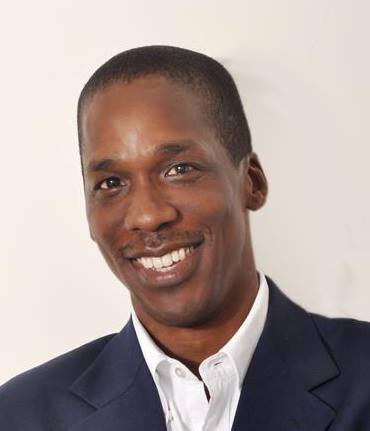by PETERWICKHAM
SEARCHLIGHT SVG – THE TITLE of this article is borrowed from one of the ULP’s campaign slogans and should not be interpreted as an assertion, but a suggestion that needs to be unpacked on the eve of St Vincent and the Grenadines 10th election since independence.
The political equivalent of a Five-Star General is a leader who would have achieved the highest level of decoration within the political sphere. The association of the two in political discourse is quite ingenious as it reflects the rarity of such decoration along with the necessary experience required.
Certainly, the word experience, frontally addresses the suggestion that Prime Minister Gonsalves could be exhausted or worse yet that the people could be exhausted with him. Instead, this strategy presupposes that for the “battle ahead” the country needs to call on a rare and uniquely talented resource to lead the fight.
If we agree that a Five-Star General (of the political variety) is a Prime Minister who has won five consecutive elections, then Gonsalves would become the region’s first if he emerges victorious on Thursday. This assertion speaks both to the contemporary and historic context since Gonsalves is already the longest serving (continuous) Prime Minister in the region and has already won four consecutive elections as did Prime Ministers Skerrit and Douglas.
In theory, Skerrit could yet achieve Five-Star status; however, Douglas cannot as he failed in his 2015 bid to hold on to government. Historically, there have been some interesting comparisons that rise to the level of Three-Star Generals and noteworthy is Vere C Bird, whose ALP secured 5 consecutive victories between 1976 and 1999; however those victories spanned the pre-and post-independence period, with VC Bird being responsible for only 3 victories with Lester Bird taking the other 2.
There is also the case of Dr Williams in Trinidad and Tobago who held leadership posts for a total of 25 years which would technically qualify him for Five-Star General status; however his first 3 were as Chief Minister, the second 2 as Premier (with a brief hiatus when Trinidad and Tobago came under the Federation) and the final 19 as Prime Minister when he secured 3 victories (66, 71 and 76).
Having established the absence of a precedent, it is important to reflect on the contemporary reality which will dictate its possibility. The reality is that 5 consecutive terms have not yet been realised because the physical challenges make such an occurrence unlikely. Most leaders become Prime Minister in their 40s or 50s and by this time the ravages of office will make it challenging to survive 25 years in such a post.
As such the most likely prospects to survive would be the leaders who come to office “accidentally” by way of the death of one leader, or as in the case of Skerrit, two. That said, two models have emerged which facilitated success by Caribbean leaders who succeeded on three or four consecutive occasions.
Both models reflect a weak or disorganised opposition characterised by a comparatively less attractive leader or multiple leaders of two or more opposition parties.
These parties/ leaders compete among each other and pave the way for the more organised or attractive leader to prevail. This base facilitates a political environment where the successful leader can either dominate the environment from inception as was the case in Antigua and Trinidad, or impact positively on the political conversation subsequent to the first election as happened in St Kitts and Dominica.
Although this is an oversimplification, it helps to make the point and to distinguish the Gonsalves/ULP tenure which, if successful, will establish a new model for multiple consecutive victories. Gonsalves and the ULP first prevailed in 2001 with 12 seats and 57% support and held those seats in 2005, although suffering a marginal negative swing.
In 2010 Gonsalves lost seats but retained a majority of one and retained this majority on a positive swing in 2015. Effectively, the Gonsalves model has been one of “controlled decline” which would normally make him an unlikely candidate for five consecutive victories.
There is; however, another peculiarity which tips the scale in Gonsalves favour and this is the current configuration that makes it easier for him to prevail. The conversion of the ULP’s weakest seat requires a -3% swing or the loss of 250 plus votes, while the NDP’s weakest will capitulate on a +0.1% swing and a 7-vote conversion.
In addition, a swing similar to that which the ULP achieved in 2015 (+1%) would add a further two seats to the ULP’s complement which would be remarkable in a fifth term but proximate to that which Skerrit accomplished in 2019. It is therefore against this electoral background along with the broader environmental factors which currently favour incumbents, that one is inclined to think that Gonsalves is likely to become this region’s first 5-Star General on Thursday.
